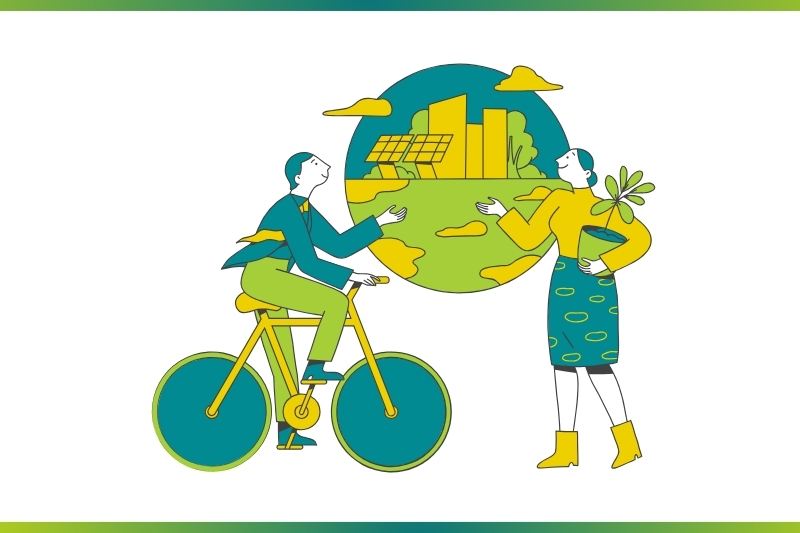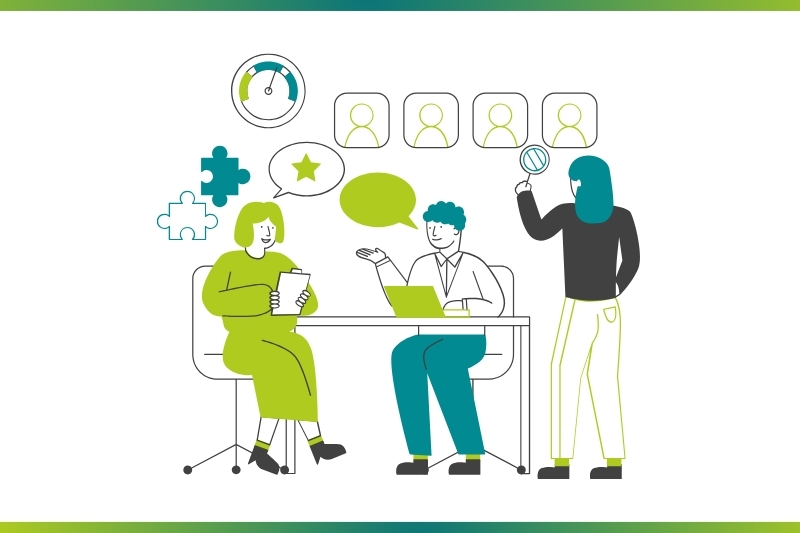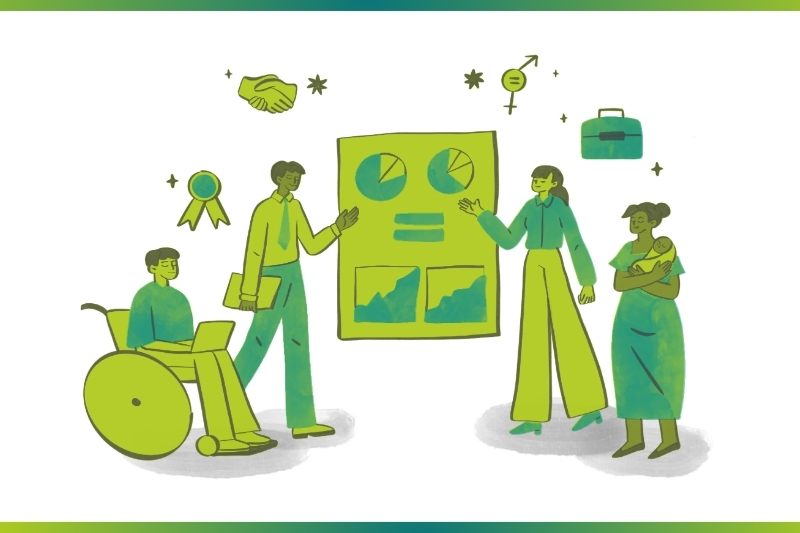Environmental and Social Impact Assessment
How Environmental and Social Impact Assessments Gives You Clarity on Your Impact
In a world in which every business decision matters, Environmental and Social Impact Assessments (ESIAs) have become a crucial compass for sustainable development. They don’t just measure risks—they reveal how your projects align with the pillars of ESG: safeguarding environments (E), empowering communities (S), and enabling ethical governance (G).
Companies leveraging ESIAs enable the opportunity to gauge the way their projects affect ecosystems and communities—transforming potential risks into opportunities for good. Integrating the rigorous assessments into their operations, companies exceed the regulations while laying a pathway toward a sustainable future.

The Importance of Assessing Environmental and Social Impact
For long-term success it is crucial to understand the environmental and social consequences of business operations. In today’s ESG-driven world, this knowledge isn’t just good practice—it’s survival. At Chrysalis Services, we’ve seen how proper Environmental and Social Impact Assessments make the difference between companies that thrive and those that face costly setbacks.
We know that social impact is imperative as we live in an interconnected world. However, it is also important to recognize that environmental sustainability is no longer optional—it’s an urgent global necessity. From climate accords to corporate ESG mandates, the world is finally prioritizing immediate action to protect our planet.
Environmental and Social Impact Assessments help:
1. Reduce Environmental Impact – Then Eliminate It
ESIAs identify risks to biodiversity, water, and air quality—but why stop there?
Smart and informed companies use these findings to:
- Achieve carbon neutrality by transitioning to renewables and electrifying operations
- Implement circular systems that turn waste streams into resources (e.g., food waste into energy)
- Go beyond offsets with actual emissions reductions at the source
2. Protect Communities – And Partner With Them
Assessing risks like displacement or health impacts is step one. The real magic happens when you:
- Co-create solutions with affected communities
- Generate green jobs through net-zero transition projects
- Transform waste initiatives into local benefits (e.g., plastic recycling to vocational training)
3. Compliance is Your Starting Line
Nowadays, meeting set regulations is the need of the hour. Future ready businesses use ESIAs to:
- Future-proof operations against coming climate policies
- Develop science-based decarbonization plans
- Build audit-ready tracking systems before regulators demand them
4. Build Trust Through Radical Transparency
Stakeholders can spot greenwashing from miles away. We equip our clients to:
- Publish unflinching progress reports
- Involve stakeholders in net-zero planning
- Show year-over-year footprint reductions with verified data
The risk of skipping proper assessments? More than fines—it’s becoming obsolete as consumers and investors demand authentic environmental responsibility.
The opportunity? Companies that approach ESIAs holistically don’t just avoid problems—they uncover competitive advantages in our low-carbon future.
Key Methodologies Used in Impact Assessments
Effective Environmental and Social Impact Assessments don’t just tick boxes —they power real ESG performance and are based on clear methodologies, such as:
1. Desk Review & Strategic Planning
- We start by analyzing existing data, regulations, and project documents
- Develop a customized Impact Assessment Plan with clear objectives and timelines
- Identify potential red flags and opportunities before fieldwork begins
2. Research Tool Development
- Design targeted questionnaires, interview guides, and data collection frameworks
- Ensure tools capture both quantitative metrics and qualitative community insights
- Align all instruments with OECD DAC criteria for rigorous evaluation
3. Tool Finalization & Data Collection Systems
- Pilot-test and refine research tools with stakeholders
- Implement digital data capture systems for real-time accuracy
- Establish ethical protocols for community engagement
4. Team Preparation & Training
- Assemble multidisciplinary teams with ample experience and languages
- Conduct immersive training on:
- Cultural sensitivity
- Conflict resolution
- Technical data collection methods
5. Ground Reality Through Fieldwork
- On-site environmental measurements
- Stakeholder interactions:
- Focus groups with affected communities
- In-depth interviews with local leaders
- Anonymous feedback mechanisms for vulnerable groups
6. Data Synthesis & Analysis
- Integrate field data with AI-powered trend analysis
- Apply OECD DAC criteria to evaluate:
- Relevance
- Effectiveness
- Sustainability
- Map all findings to UN SDGs to demonstrate global impact alignment
7. Action-Oriented Reporting
- Translate complex data into clear, visual dashboards for decision-makers
- Develop quality deliverables:
- Technical reports for companies
- Include implementation-ready mitigation plans with:
- Pollution control strategies
- Community benefit interventions
- Monitoring frameworks
These methodologies ensure a comprehensive evaluation, helping businesses make informed decisions.
An Environmental and Social Audit will provide you with a clear understanding of your current position in your ESG journey and shed light on the way forward.
The Role of Businesses in Minimizing Negative Effects
Companies have the power to bring about meaningful change and a responsibility to integrate sustainability into their operations. It’s no longer just about profits; it’s about people and the planet too. By weaving sustainability into the fabric of their operations, companies can lead the way. Here’s how clever businesses are minimizing harm and maximizing ESG value:
For starters:
- Invest in cleaner tech as an ESG power move to reduce their footprint and waste.
- Creating jobs and providing fair wages will benefit local communities and improve your ‘S’ metrics.
- Be transparent as it builds ESG credibility— share impact reports and hear what people have to say, to engender trust.
- Global best practices are your ESG safety net like the Equator Principles and the IFC Performance Standards can help you stay on course. These are considered gold standards for responsible business practices.
When businesses proactively take these steps, however, it does not only avoid harm, but it also unlocks innovation, builds communities, and creates meaningful lasting impact.
Let’s Build a Better Tomorrow, Together
At Chrysalis Services, we don’t just conduct Environmental and Social Impact Assessments—we bring them to life with purpose, precision, and passion. These assessments aren’t just checkboxes; they’re powerful tools that shape responsible growth, protect communities, and safeguard our planet.
As environmental and social challenges intensify, the need for thoughtful, thorough impact assessments has never been more urgent. We’re proud to say we do this work exceptionally well—with heart, expertise, and an unwavering commitment to making every project truly sustainable.
What makes us unique It’s the experience that we create—deeply personalized, profoundly transformative. No one does it quite like us.
If your organization is ready to leave simple compliance behind and become a true force for good, we’re here to help every step of the way. Let’s co-create solutions that leave a lasting, positive mark.
Contact us to learn more today. Let’s make impact count.
Latest Blogs




